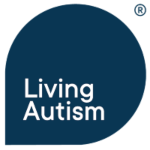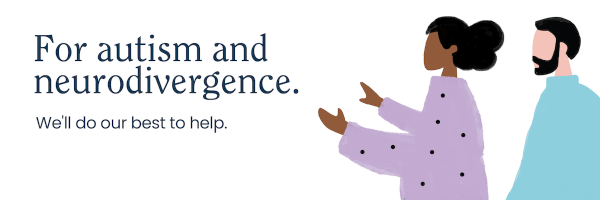Daily life therapy
An approach to autism based on physical education, art, music and vocational training.
DAMP syndrome
A disorder which combines severe dyspraxia (see Dyspraxia) with attention deficit disorder (see ADD). It is characterized by deficits in attention, motor control and perception.
Dance therapy
A creative therapy using dance movement as a means of expression and communication.
Davis autism approach
An intervention with three stages – individuation, identity development and social integration.
Deep pressure therapy
The use of firm touch including hugging, cuddling and squeezing as an anxiety reducing therapy.
Deixis
A part of communication where the context changes the meaning of the word, eg you, here, now depend on to whom, where and when you are speaking.
Delusion
A fixed and false belief which can be a symptom of psychosis.
Depot injection
A long-acting, intramuscular injection.
Depression
Severe feelings of extreme sadness which can interfere with daily living.
Development
The process of growing and learning when a child acquires skills and abilities.
Developmental co-ordination disorder
Another term for dyspraxia (see Dyspraxia).
Developmental delay
A slower than normal development of a person.
Developmental disabilities
Disabilities which originate in childhood.
Developmental receptive language disorder
An impairment in the understanding of speech and language.
Developmental reflexive rehabilitation
A patterning therapy using a series of movements to facilitate neurological feedback to the brain.
Diagnosis
The process of establishing the nature of a disease or disorder and distinguishing between different diseases and disorders.
Differential diagnosis
The process of differentiating disorders with similar characteristics.
Digital auditory aerobics
Another term for auditory integration training (see Auditory integration training).
DISCO
Diagnostic Instrument for Social and Communication Disorders – a diagnostic tool.
Disintegrative disorder
A pervasive developmental disorder which manifests between the ages of 2 and 10 whereby there is a regression in a variety of skills, including language, social skills or adaptive behaviour and and motor skills.
Dizygotic twins
Siblings born from a twin pregnancy where two separate eggs were fertilised. The twins are, therefore, genetically related in the same way as most other siblings.
Dolphin assisted therapy
A group of therapies whereby the individual swims, touches and looks after dolphins to enhance social communication.
Doman therapy
A patterning therapy using a series of movements to facilitate neurological feedback to the brain.
Domiciliary care
Supportive care provided in a person’s home.
Dopamine
One of the neurotransmitters in the brain which conveys inhibitory influences to parts of the brain.
Downing technique
The use of lightwaves as stimulation whereby the individual looks at coloured light produced by a Lumatron or a Photron Light Stimulator.
DSM
Diagnostic and Statistical Manual of Mental Disorders. A manual published by the American Psychiatric Association which provides standard criteria for the classification of mental disorders.
DVD modelling
A method of teaching an individual new behaviours or skills by watching a video of a model demonstrating that behaviour or skill.
Dyskinesia
Uncoordinated and involuntary movements which occur in facial and limb muscles.
Dyad of Impairments
The two main areas of impairments in a person with autism – social understanding, rigid and repetitive behaviours with sensory differences.
Dyslexia
A learning disability which impairs fluency and accuracy in reading, writing and spelling.
Dysphasia
A difficulty in expressing oneself and in understanding language.
Dyspraxia
An immaturity in the way the brain processes information which can cause problems with language, perception and thought.

